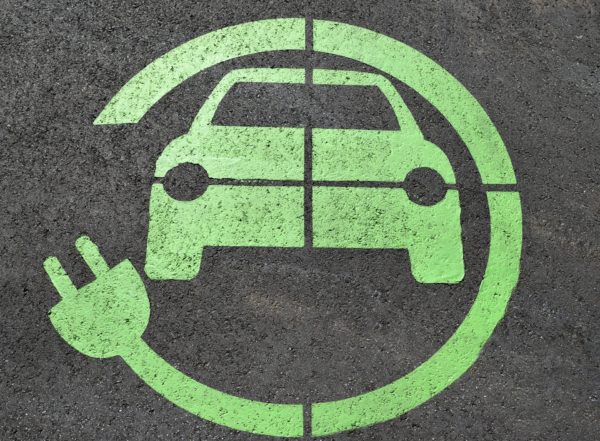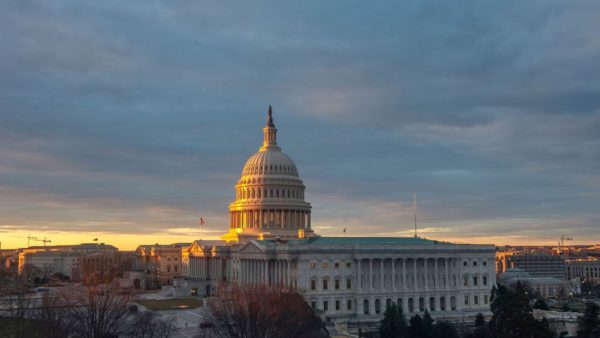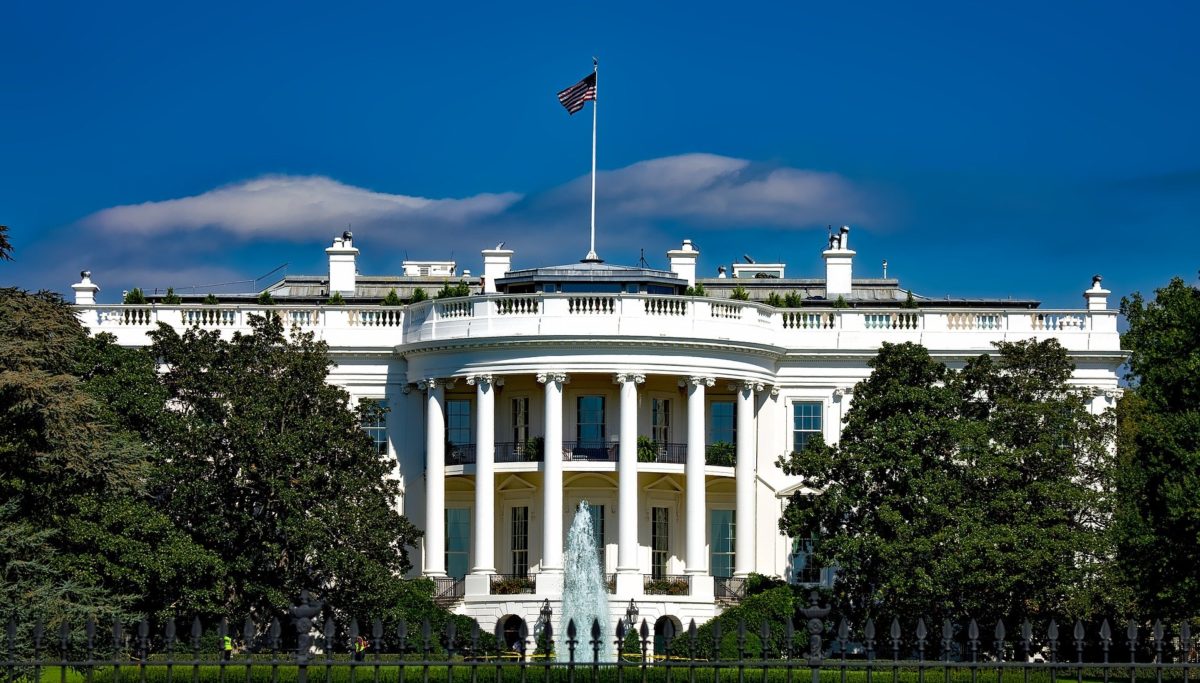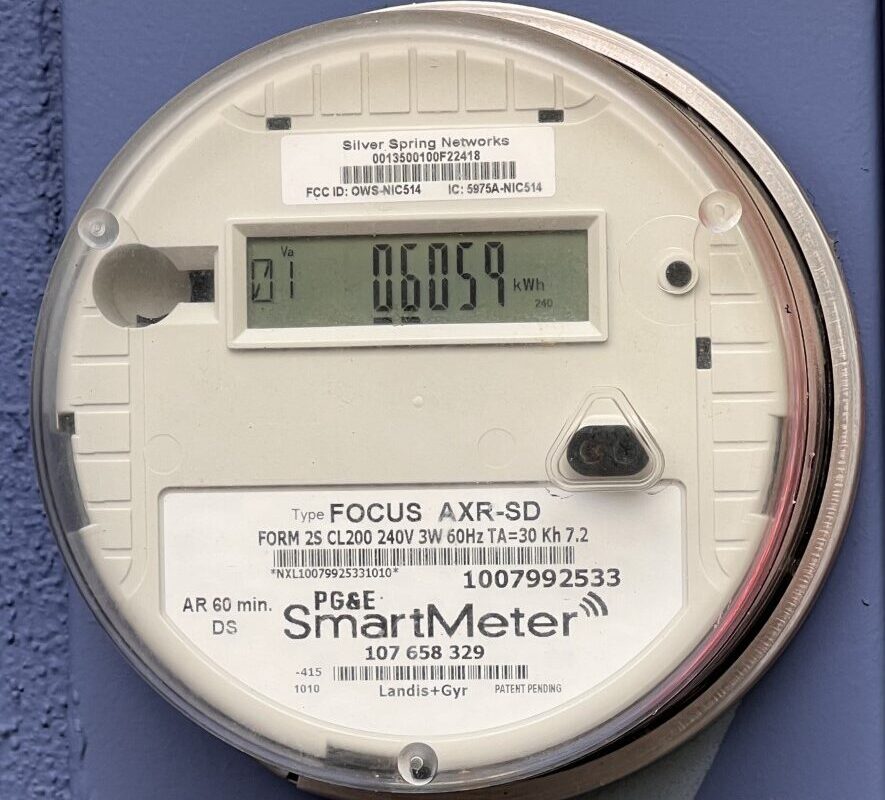President Joe Biden and his team have been in office for just over two months, and they’ve been busy, especially in terms of renewable energy and climate legislation and commitments. Let’s take a look at highlights on the energy and climate fronts in Biden’s first few weeks.
January
The first significant development actually happened a day before Biden took office. On January 19, a federal appeals court struck down the 2019 Affordable Clean Energy Rule (ACE), a Trump-administration policy that was set to undo Obama-era emission reduction efforts. The court ruled that ACE was “legally flawed.”
ACE replaced President Obama’s 2015 Clean Power Plan, which aimed to reduce U.S. power sector emissions by 32% below 2005 levels by 2030. Instead, ACE looked to lower power sector emissions by 11 million tons, which would come out somewhere between 0.7% and 1.55%, by 2030.
On Inauguration Day, January 20, Biden signed executive orders for the U.S. to rejoin the Paris climate agreement and also to block construction of the controversial Keystone XL pipeline.
One week later, on January 27, Biden introduced several executive actions aimed at tackling climate change, protecting the environment, and supporting science, clean energy, and disadvantaged communities.

Image: Pixabay
The orders direct federal agencies to procure carbon-free electricity and zero-emission vehicles made in America, following Biden’s Buy American executive order; eliminate fossil fuel subsidies as consistent with applicable law and identify ways to make federal operations more resilient to climate-related impacts; establish a moratorium on new oil and gas leases on federal lands; and establish various working groups and set a goal of conserving at least 30% of U.S. lands and oceans by 2030.
These were the same orders that founded an array of new government groups, including the White House Office of Domestic Climate Policy, the National Climate Task Force, and the Special Presidential Envoy for Climate.
February
On February 5, lawmakers on the U.S. House Ways and Means Subcommittee on Select Revenue reintroduced the Growing Renewable Energy and Efficiency Now (GREEN) Act.
The Green Act would use the federal tax code to help combat the threat of climate change and expand the use of renewable energy, with a five-year extension of the solar Investment Tax Credit (ITC) and the establishment of an ITC for energy storage technology on a stand-alone basis.
On February 8, bills to create a Clean Energy and Sustainability Accelerator that would leverage $100 billion of public funds to finance up to $463 billion in total investment over the next four years were introduced in the House and the Senate.

Image: Architect of the Capitol
The Accelerator would seek investment and procurements in renewables, storage, transportation, transmission, resiliency, efficiency, reforestation, agriculture, and industrial decarbonization. The bills structure the Accelerator as an independent non-profit capitalized with $50 billion and topped up with $10 billion a year for its first five years.
Shortly after the Accelerator Bill’s introduction, the Biden administration announced a Climate Innovation Working Group as part of the National Climate Task Force and launched an Advanced Research Projects Agency-Climate. The working group is intended to help coordinate and strengthen federal government-wide efforts to foster technologies that can help reach the goal of net-zero economy-wide emissions by 2050.
Concurrently, the Department of Energy (DOE) announced $100 million in funding via the Advanced Research Projects Agency-Energy to support “transformational low-carbon energy technologies.” The announcement seeks proposals for early-stage research into disruptive energy technologies.
One week later, the U.S. Department of the Interior reversed a Trump administration effort to undermine the Desert Renewable Energy Conservation Plan (DRECP). The DRECP is a landscape-level plan that streamlines renewable energy development while conserving desert ecosystems and providing outdoor recreation opportunities.
March
On March 1, Senators Joe Manchin (D-WV) and Debbie Stabenow (D-MI) unveiled the American Jobs in Energy Manufacturing Act of 2021.
The bill would update Section 48C of the Internal Revenue Code to provide tax credits for manufacturers and other industrial users. Credits would be used for investments in advanced electric grid, energy storage, fuel cell equipment, renewable energy and energy efficiency equipment, and advanced light- medium-, and heavy-duty vehicles, among other categories.

Image: Pixabay
The bill would include a $4 billion carve out for use in places where coal mines have closed or coal power plants have retired.
Later that same week, the U.S. House Committee on Energy and Commerce introduced the Climate Leadership and Environmental Action for our Nation’s (CLEAN) Future Act. The legislation would authorize $565 billion over 10 years to mandate net zero greenhouse gas emissions no later than 2050, with an interim target of reducing emissions 50% from 2005 levels no later than 2030 and establish a national 100% clean electricity standard.
On March 9, lawmakers in the House and Senate introduced the Energy Storage Tax Incentive and Deployment Act, legislation which would create a standalone investment tax credit for energy storage technologies for utilities, businesses, and homes.
For commercial applications, the bill would make standalone energy storage eligible for the tax credit under Section 48 of the IRS code. All energy storage technologies would qualify, including batteries, pumped hydropower, thermal storage, and hydrogen storage. For residential applications, the bill would provide homeowners the same credit for battery storage as currently available for solar power in Section 25D of the IRS code.
Things were quiet until March 26, when three senators introduced a bill that would allow for temporary refundability of section 45, 45Q, and 48 investment and production tax credits.

Image: Pixabay
The bill would allow clean energy companies to bypass frozen tax-equity markets and access tax credits directly. Doing so, in turn, is expected to help get stalled projects going and create jobs.
Also on March 26, DOE announced a goal to cut the cost of solar energy by 60% within the next 10 years. It also announced nearly $128 million in funding to lower costs, improve performance, and speed the deployment of solar energy technologies.
DOE set a new goal of cutting the current cost of 4.6 cents per kilowatt-hour (kWh) to 3 cents/kWh by 2025 and 2 cents/kWh by 2030. DOE said that by 2035, solar PV could represent between 30% and 50% of electricity supply.
The $128 million funding initiatives are through DOE’s Solar Energy Technologies Office (SETO) and aim to support advancements in perovskites and cadmium telluride (CdTe) thin films.
To cap off the month, eight Republican Senators introduced a bill that would ban using federal funds to buy solar panels or related equipment from China.

Image: NREL/Dennis Schroeder
The “Keep China Out of Solar Energy Act” would require the Director of the Office of Management and Budget to develop “standards and guidelines” to prohibit federal funds from being used to buy solar panels manufactured or assembled “by entities with ties to the Communist Party of China”; require the U.S. Comptroller to submit to Congress a report on the amount of solar panels procured by federal departments and agencies; and require the Director of the Office of Management and Budget to study the domestic solar panel production market and the global supply chain and workforce involved in solar panel production.
And on March 31, the Biden administration revealed the American Jobs Plan, a $2 trillion infrastructure investment plan intended to create millions of jobs, rebuild the country’s infrastructure, and target the benefits of climate and clean infrastructure investments to disadvantaged communities.
Solar made it in the form of a proposed 10-year extension and phase down of an expanded direct-pay investment tax credit and production tax credit for clean energy generation and storage.
Besides extending the investment tax credit, the Biden proposal would create an investment tax credit to incentivize the buildout of at least 20 GW of high-voltage-capacity transmission power lines and mobilizes tens of billions in private capital.
The plan would also use the federal government’s purchasing power to secure 24/7 clean power for federal buildings.
This content is protected by copyright and may not be reused. If you want to cooperate with us and would like to reuse some of our content, please contact: editors@pv-magazine.com.









Simply not enough…. $500 Billion/yr gets you nowhere in eliminating pollution…. The US needs 10 times that amount each year for 10-15 years… to achieve Zero Pollution by 2040 or so… 50% for the Supply Side…. 50% for Conversion of Everything that creates Pollution tp clean Solar Energy… Is The White Hoyse listening…. ????
Well said.